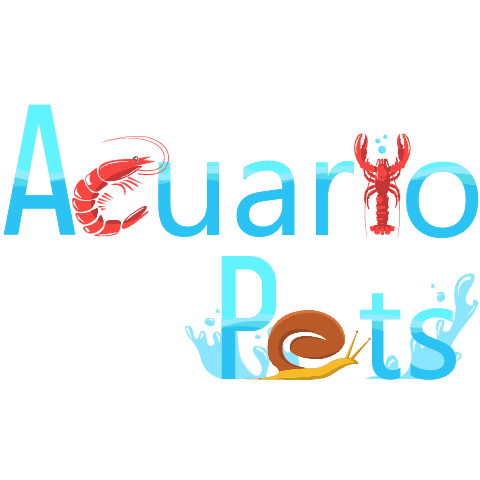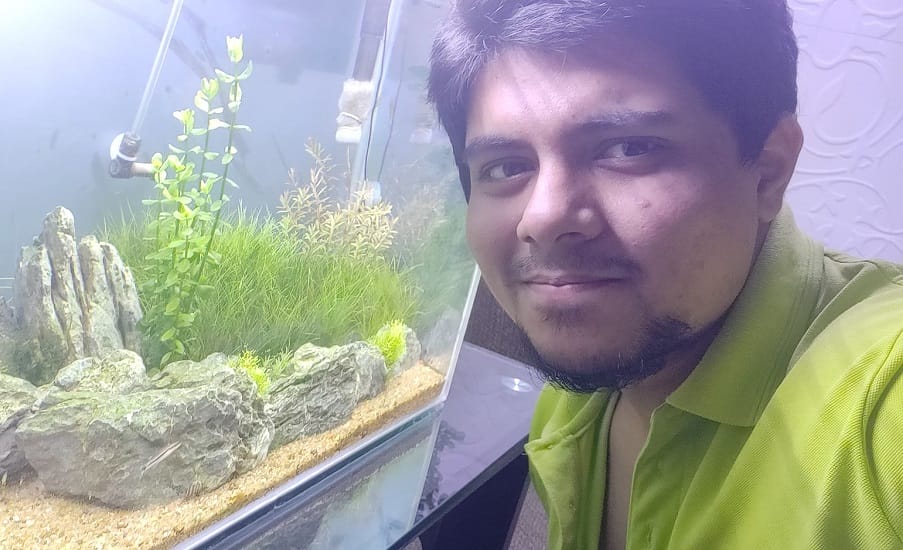This post was created with help from AI tools and carefully reviewed by a human (Muntaseer Rahman) . For more on how we use AI on this site, check out our Editorial Policy.
Check Out These FREE Tools We Made JUST For You!
Is Your Leopard Gecko Sick? 12 Red Flags Every Owner Should Know

Leopard geckos don’t cry, whine, or bark when something’s wrong. They just act a little “off.” And if you miss those early clues, things can go downhill fast.
I’ve seen too many owners realize too late that their gecko was sick the whole time—they just didn’t know what to look for.
This guide lays out the 12 clearest red flags that something’s not right. If your gecko shows even one of these, don’t shrug it off. Pay attention, act fast, and you’ll give your little reptile the best shot at bouncing back.
Let’s go through each one.
12 Red Flags Your leopard Gecko Might Be Sick
When leopard geckos get sick, they don’t make a scene. They won’t scream or limp dramatically. Instead, they’ll just change a small habit here or there—barely enough for most people to notice.
But those tiny changes matter. They can be early warnings that something serious is going on. Catching these signs early gives you a better shot at turning things around before it’s too late.
Here are 12 red flags to watch for in your leopard gecko.
1. Tail Looks Thin or Bony
A healthy gecko has a thick tail full of stored fat. If the tail looks skinny or deflated, your gecko is likely losing weight or not getting enough nutrients.
2. Hiding All the Time
Leos like to hang out in hides during the day. But if yours is still hiding at night when it should be exploring, something’s off.
3. Not Interested in Food
Skipping one meal is fine. But if your gecko keeps turning down food—especially live bugs—it’s time to worry.
4. Eyes Stay Closed or Sunken
Eyes that stay closed or look sunken are major warning signs. It often means dehydration, infection, or pain.
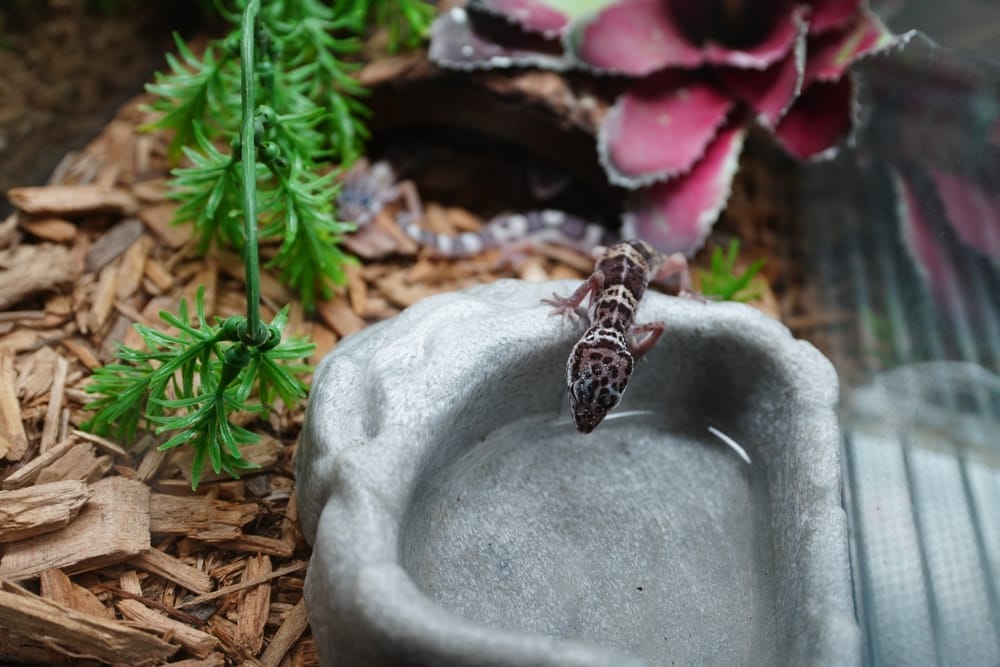
5. Jerky or Stiff Movements
Healthy geckos move smoothly. If you notice shaky legs, twitchy tails, or stiff walking, it could be stress or something more serious like MBD.
6. Trouble Walking or Limping
Dragging legs or struggling to walk usually means impaction, injury, or a bone problem. Don’t ignore this one.
7. Dry, Wrinkled, or Flaky Skin
Skin that looks dull, wrinkled, or patchy often points to dehydration. It can also mess up their shedding.
8. Loose or Watery Poop
Healthy poop is dark, firm, and has a white urate. If it’s runny, light-colored, or frequent, parasites or stress might be the cause.
9. Infection Around the Mouth or Eyes
Look closely at the mouth and eyes. Swelling, redness, or crust can mean infection—and it won’t clear up on its own.
10. Lethargic During Nighttime
Geckos should be active once the lights go out. If yours just sits there with no energy at night, something isn’t right.
11. Weird Tail Flicking or Twitching
Mild tail wags are normal when hunting. But constant flicking or twitching can mean your gecko is stressed or threatened.
12. Unusual Shedding or Retained Skin
If old skin gets stuck around toes, eyes, or tail tips, it can cause serious issues like infection or even loss of digits.
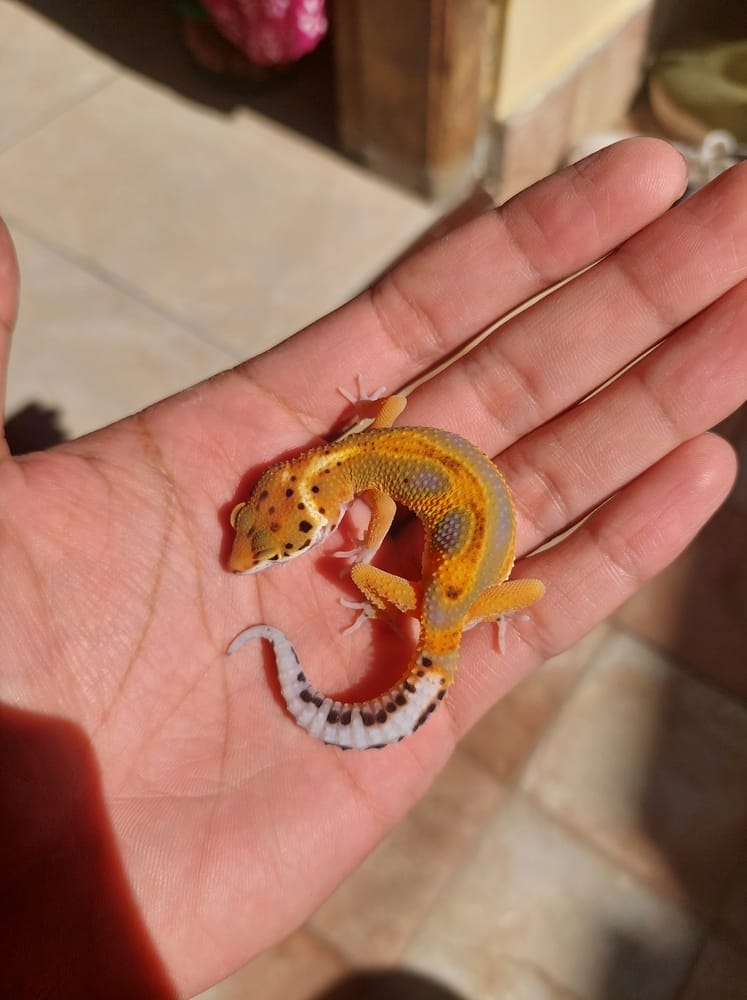
What Healthy leopard gecko Looks Like?
Sometimes it’s easier to know what’s wrong by first knowing what right looks like. A healthy leopard gecko isn’t just “not sick”—it gives off strong, clear signs that it’s doing great.
Here’s what you should see if your gecko’s thriving.
Thick, Fat Tail
The tail should look plump, almost like a small sausage. That’s where they store fat. Thin tail = trouble.
Smooth and Steady Movements
No jerks, no dragging. A healthy gecko moves like it owns the place.
Bright, Wide-Open Eyes
Eyes should be shiny, clear, and always open when they’re awake. Dull or squinty eyes aren’t normal.
Active at Night
They’re nocturnal, so they should explore, hunt, and poke around after the lights go out.
Eats With Enthusiasm
A gecko that chases down crickets like it’s on a mission is in good shape. Good appetite = good health.
Solid Poop
You want dark, firm poop with a white urate attached. No mushy mess, no odd colors.
Sheds Cleanly
Shedding should be fast and clean. No leftover skin on toes, tail, or face.
No Strange Smells or Gunk
The mouth should be clean. No crust, no swelling, and definitely no weird smell.
Skin Looks Fresh
Healthy skin is smooth and firm, not wrinkled, flaky, or constantly shedding.
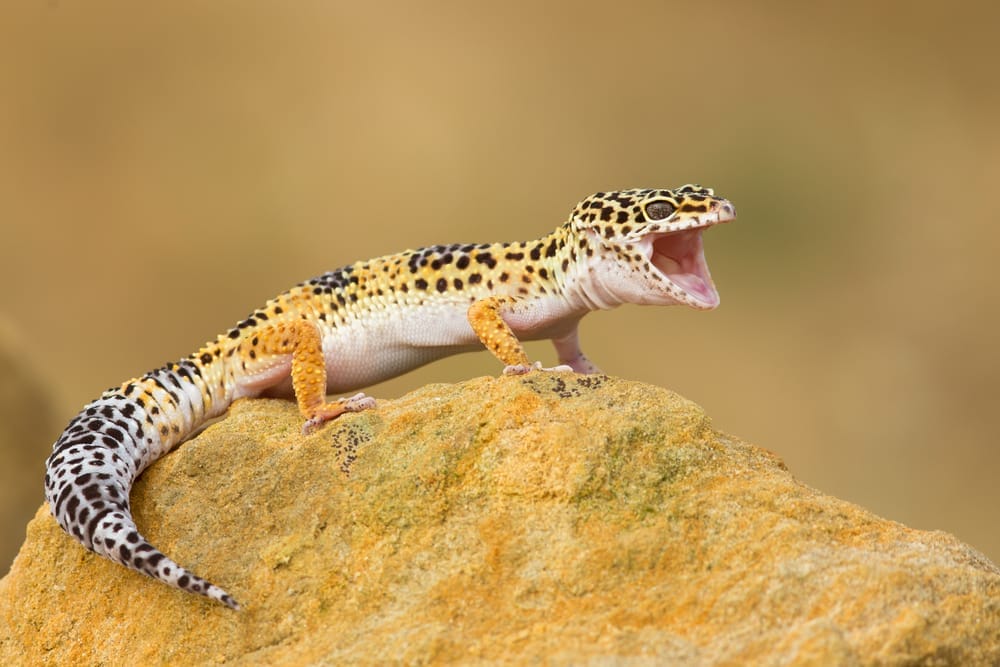
When to Worry and What To Do
If your gecko has just one mild symptom, like skipping a meal or hiding for a day, don’t panic. Sometimes they just have off days.
But if you notice two or more red flags at once, or if one symptom keeps showing up for several days, it’s time to act.
When You Should Worry
- Tail looks thinner than last week
- Poop is watery for more than 2 days
- Eyes stay shut even at night
- Refusing food for 3+ days
- Jerky walking or dragging legs
- Visible swelling or crust near mouth or eyes
These aren’t minor. They’re signs that something’s brewing inside—and it won’t fix itself.
What You Should Do
1. Check the tank first.
Wrong temps or humidity mess them up fast. Double-check basking spots, cool side, and humidity levels.
2. Look at what they’ve been eating.
Bad feeder bugs, wrong sizes, or insects not gut-loaded can cause impaction or illness.
3. Separate if co-housed.
If your gecko shares space with another, separate them right now. Stress and fights are common issues.
4. Don’t try random fixes.
Don’t guess. Don’t start force-feeding. If the signs are serious or haven’t improved in 24–48 hours, skip the forums and call a reptile vet.
A gecko might hide illness well, but recovery depends on how quickly you respond. Don’t wait for things to get worse.
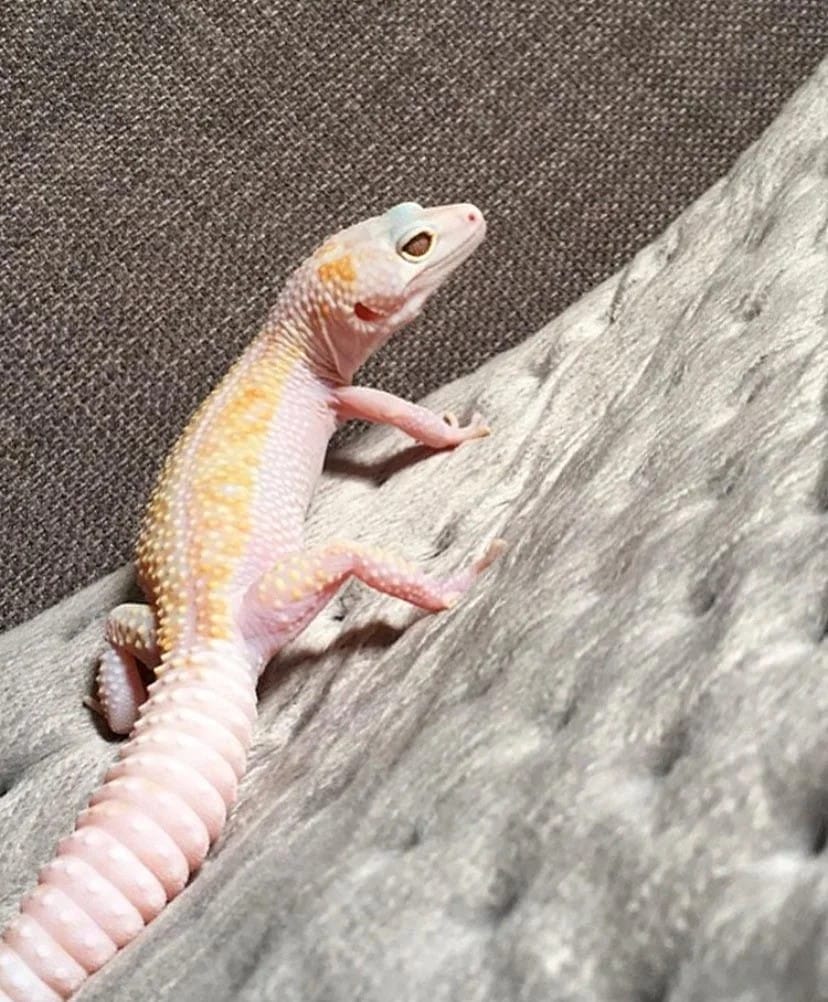
Bonus – How To Prevent Health Issues
Most gecko problems don’t pop up out of nowhere. They creep in slowly—bad tank setup, stress, or feeding mistakes that build up over time.
Here’s how to stay ahead of all that.
Keep the Tank Clean
Spot clean daily. Deep clean weekly. Poop, leftover bugs, and shed skin create bacteria fast.
No Roommates
Leopard geckos aren’t social. Don’t co-house them—ever. Even peaceful ones get stressed, and that leads to sickness.
Get the Temps Right
You need a hot side (around 88–92°F) and a cool side (around 75°F). No guessing. Use a digital thermometer.
Watch Humidity
Keep it around 30–40% most of the time. For shedding, bump it up a bit with a moist hide. Too much moisture = skin infections.
Gut-Load Their Food
Feeders like crickets and dubia roaches should eat veggies and calcium-rich food 24 hours before feeding your gecko. Junk-fed bugs = junk nutrition.
Don’t Overfeed
A chunky gecko is not a healthy gecko. Feed the right amount for its age. Juveniles need food daily. Adults? 2–3 times a week is fine.
Handle Gently
Too much handling, loud noises, or sudden tank changes can stress them out. Be calm. Let them come to you.
Learn What Normal Looks Like
Every gecko has its own routine. When you know their normal behavior, you’ll spot issues way faster.
About Author
Hello, I’m Muntaseer Rahman, the owner of AcuarioPets.com. I’m passionate about aquarium pets like shrimps, snails, crabs, and crayfish. I’ve created this website to share my expertise and help you provide better care for these amazing pets.
Disclaimer
This site is owned and operated by Muntaseer Rahman. AcuarioPets.com is a participant in the Amazon Services LLC Associates Program, an affiliate advertising program designed to provide a means for sites to earn advertising fees by advertising and linking to Amazon.com. This site also participates in other affiliate programs and is compensated for referring traffic and business to these companies.
